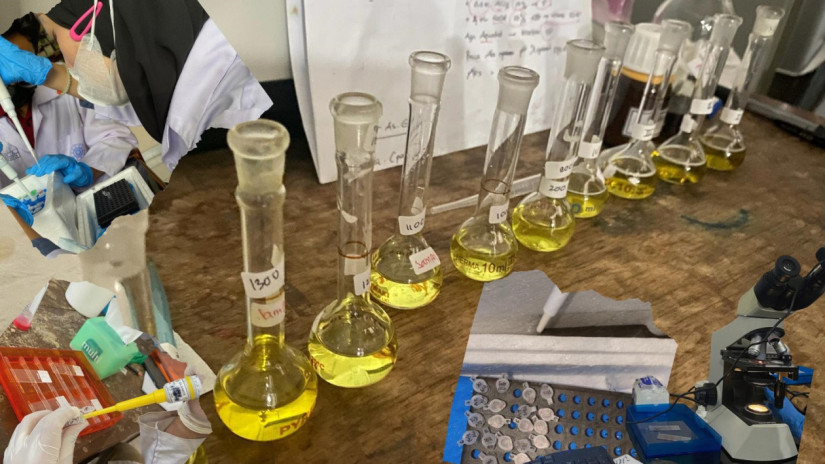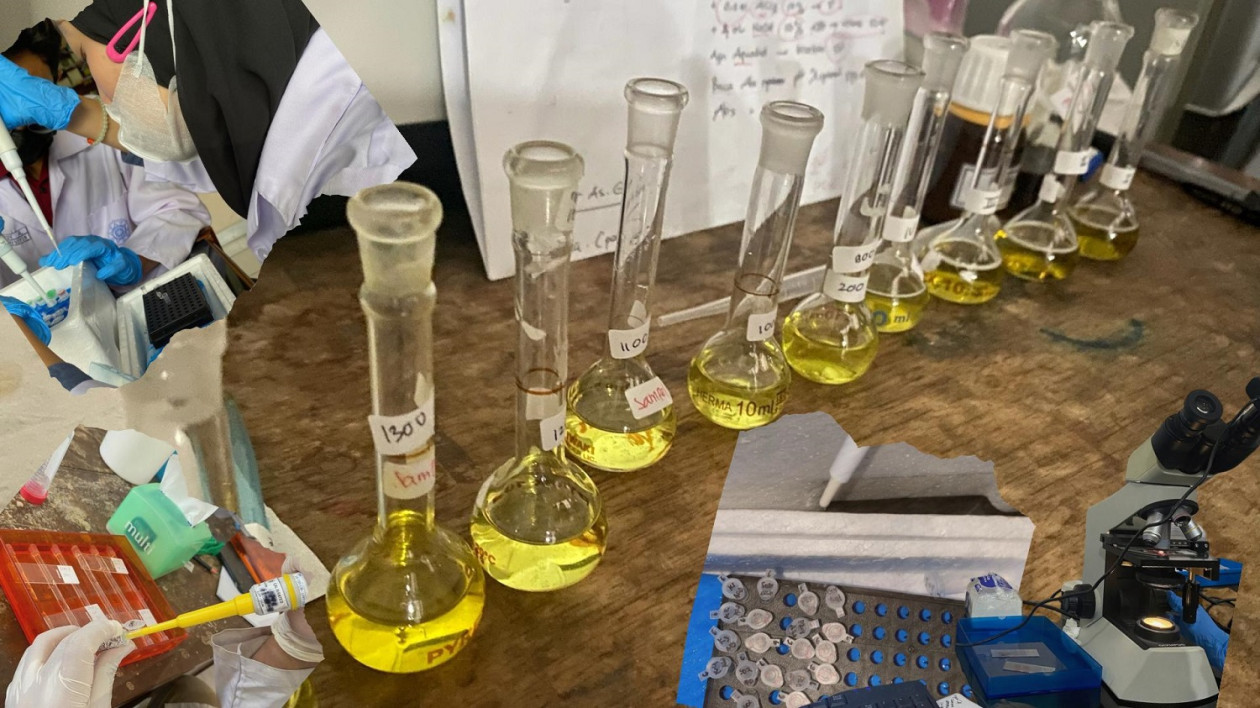The UGM PKM team has revealed the purslane vegetable plant’s potential as a curative therapy for chronic kidney disease.
The discovery of the potential of the purslane plant for curative therapy is something to be grateful for, considering that treatment for chronic kidney disease has so far been limited to costly hemodialysis therapy.
“There has been no known curative therapy for chronic kidney disease. Yet, this disease has claimed more than 42 thousand lives in Indonesia,” said Ardiyanta Ramdhano Dalimunthe, the research team leader at UGM Campus, Monday (Jul. 22).
Dalimunthe explained that the urgency of utilizing the herbal plant purslane motivated five UGM students to develop a new curative treatment. Due to the limited treatment options, the UGM student research team sought to create a curative treatment strategy for chronic kidney disease.
“Of course, the treatment costs for this have been very high. We tried to find an herbal plant that grows wild and abundantly, and we found the purslane vegetable,” Dalimunthe explained.
In addition to Ardiyanta Ramdhano Dalimunthe (Veterinary Medicine), four other UGM students involved in this research are Diah Adhenia Ernis Putri Mustikaingtyas, Dwi Ardyan Syah Mustofa (Veterinary Medicine), Nabilla Nurul Safitri (Pharmacy), and Randika Taufiq Hari Nugraha (Medicine). They are part of a team named PKM-UGM Nephortulace.
The UGM team received guidance and mentorship from Dr. Nur Arfian, a lecturer from the Department of Anatomy, UGM Faculty of Medicine, Public Health, and Nursing (FK-KMK UGM), and funding from the 2024 Student Creativity Program in Exact Science Research (PKM-RE).
In their research, the team developed an innovation using the purslane vegetable plant as a curative therapy for chronic kidney disease.
Diah Mustikaingtyas added that the purslane is a vegetable plant long known for its medicinal properties in China. Unfortunately, this plant is still not well-known in Indonesia and often grows wild in gardens.
“Our research showed that the purslane vegetable plant contains various active ingredients, such as antioxidants and anti-inflammatory agents, that can act as renoprotectants, thereby preventing further kidney damage,” said Mustikaingtyas.
Nabilla Nurul Safitri further explained that the team successfully identified specific phenolic compounds, particularly gallic acid, in the purslane vegetable using DPPH antioxidant activity and UV-Vis Spectrophotometer tests.
The purslane vegetable extract they studied contains high levels of gallic acid, an antioxidant, making this plant highly potential in preventing kidney damage.
Dwi Ardyan Syah Mustofa acknowledged that chronic kidney disease therapy to date has only focused on conventional medical care and supportive treatment. Therefore, the discovery of the potential of the purslane vegetable plant has the potential to meet the need for developing a more effective and economical therapy for chronic kidney disease.
“We certainly hope that this research, which collaborates across various academic fields, can become a milestone in the development of science, particularly in the field of health and research, and can become a new hope in the treatment of chronic kidney disease in the future,” said Mustofa.
Author: UGM Nephortulace Team
Editor: Agung Nugroho



